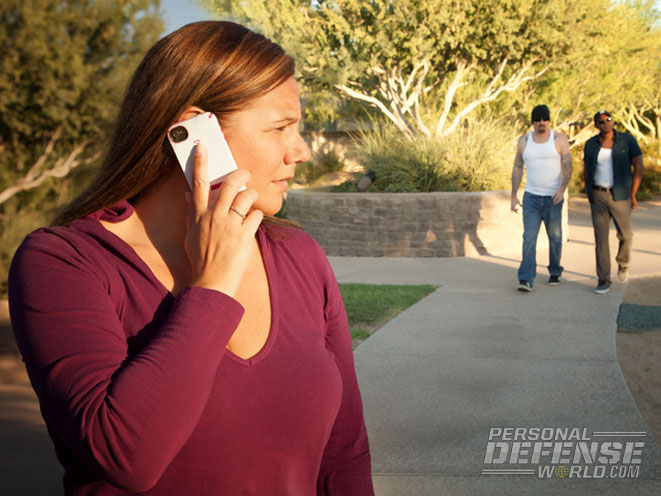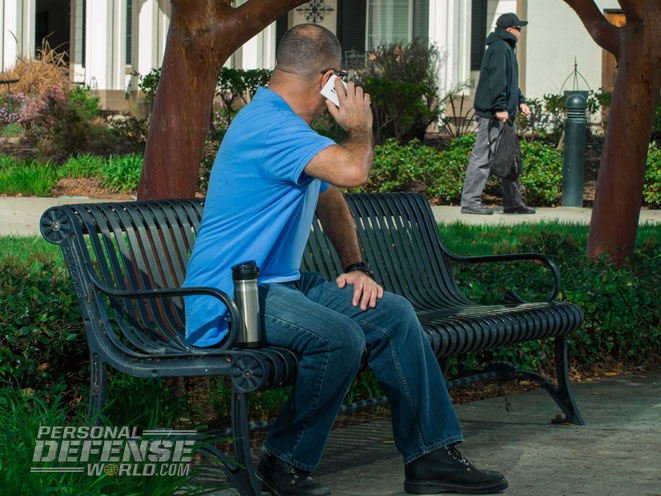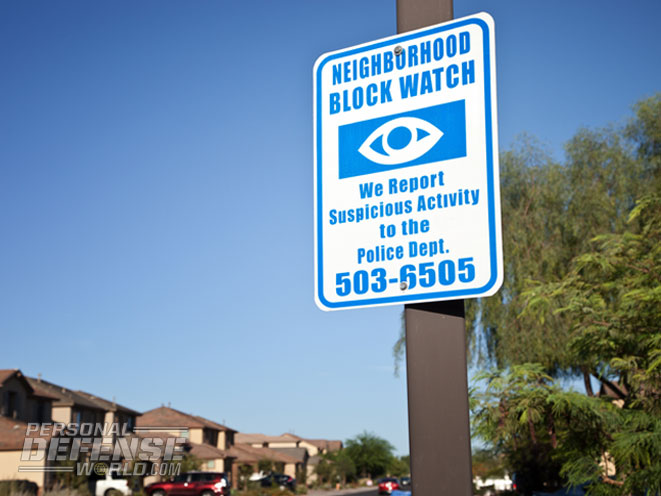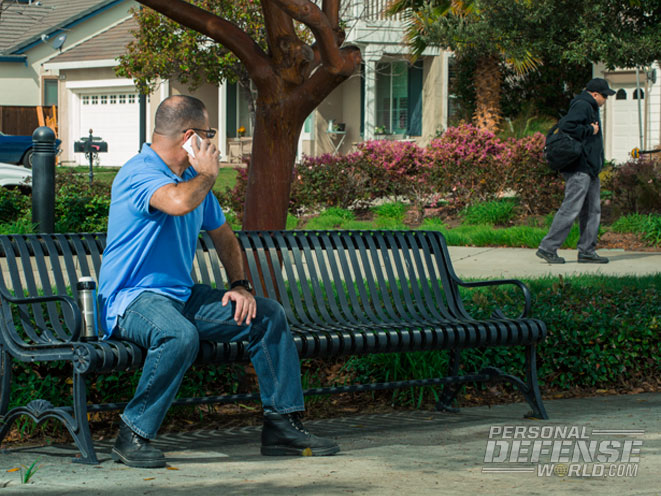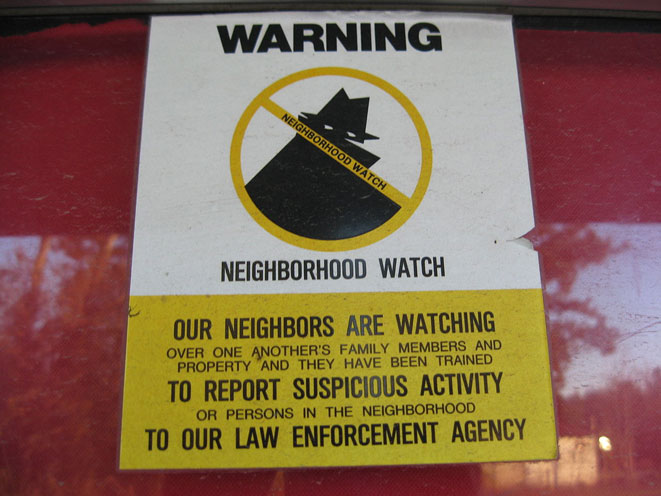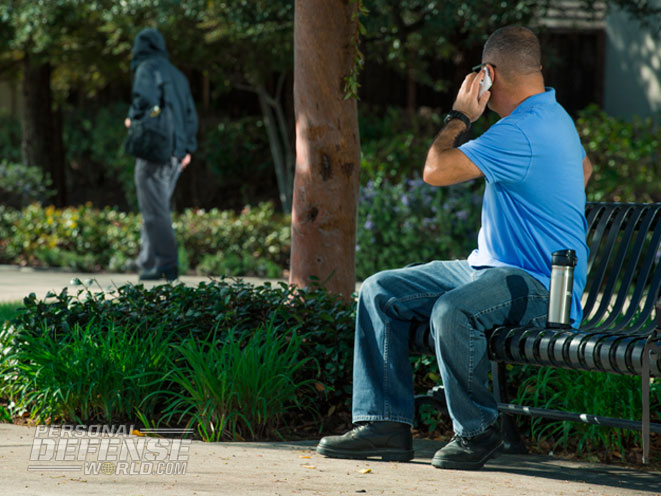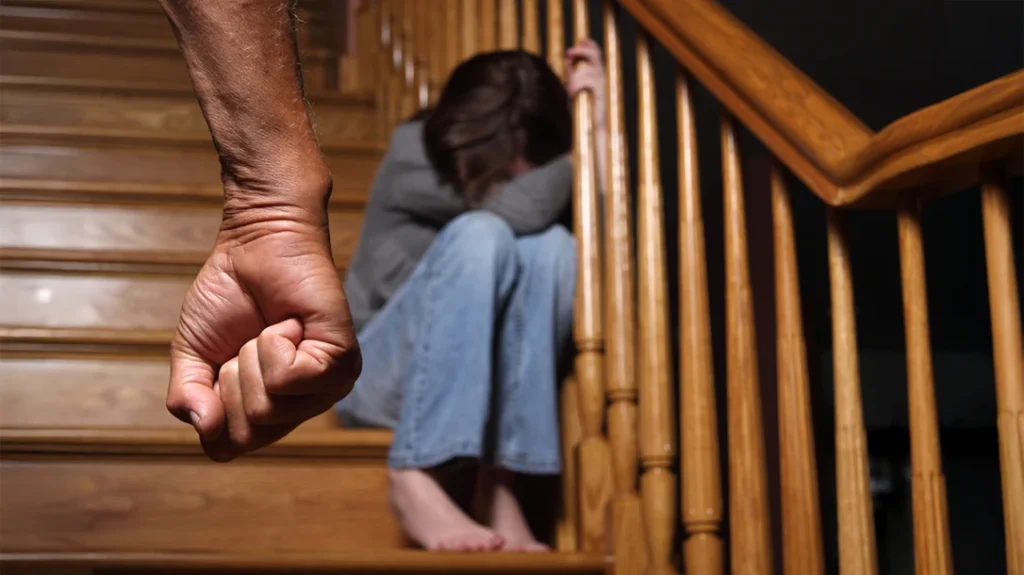According to Bloomberg.com, the U.S. has an average of 226.7 police officers per 100,000 residents. That’s roughly one officer per 441 people and makes the U.S. number 32 on the list of the world’s most heavily policed countries. Although the exact ratio of police to citizens will vary depending upon where you live, any way you look at it, it’s a sobering statistic. If a criminal chooses to target you or your property, the odds that a cop will be there to prevent it are pretty slim.
Since many crimes occur in or near the victim’s home, one of the most powerful ways of protecting yourself and your family is to become part of a Neighborhood Watch program. These programs became popular in the 1970s and 1980s, and by 2000 covered roughly 41 percent of the country’s residential population. Although quantifying the exact results of these programs is difficult, a 2008 study by the U.S. Department of Justice concluded that “Across all eligible studies combines, Neighborhood Watch was associated with a reduction in crime.”
Neighborhood Watch programs can be initiated by the public or the police and often include a combined strategy of community awareness, property marking and home security surveys. Neighborhoods are typically organized by blocks, each with a “block captain” that serves as a coordinator for the block and a liaison with the local police.
Advertisement — Continue Reading Below
In simple terms, the program strives to get residents to “be the eyes” of the police by watching for suspicious activity; however, the benefits go far beyond that. Organized, active observation makes a community very unappealing to criminals and therefore has a highly deterrent effect. Engaged citizens also learn to be more diligent in their security practices, creating harder targets and denying criminals easy opportunities to commit crimes. If a crime is committed, community cooperation with the police is enhanced and the odds of solving the crime are substantially increased.
If you’re interested in getting involved in a Neighborhood Watch program, your first step should be to contact your local police department to see if one already exists in your area. As noted earlier, there’s about a 40-percent chance that’s the case. If a program already exists, ask the police to provide contact information for the coordinating officers and block captains so you can reach out to them.
If a program doesn’t exist in your community, you’ll find that many local law enforcement agencies can provide step-by-step guides that walk you through the process and offer contact information for key personnel in their agency and the local government. Scroll through the gallery above to learn about the process for starting a neighborhood watch.
Advertisement — Continue Reading Below
Related
6 Tactics for College Students to Identify & Avoid Deadly Assaults
Advertisement — Continue Reading Below
Massad Ayoob’s Tips and Tactics for Staying Alert and Aware
10 Tips for Living in Condition Yellow
Jeff Cooper’s 4 Levels of Situational Awareness
Advertisement — Continue Reading Below
